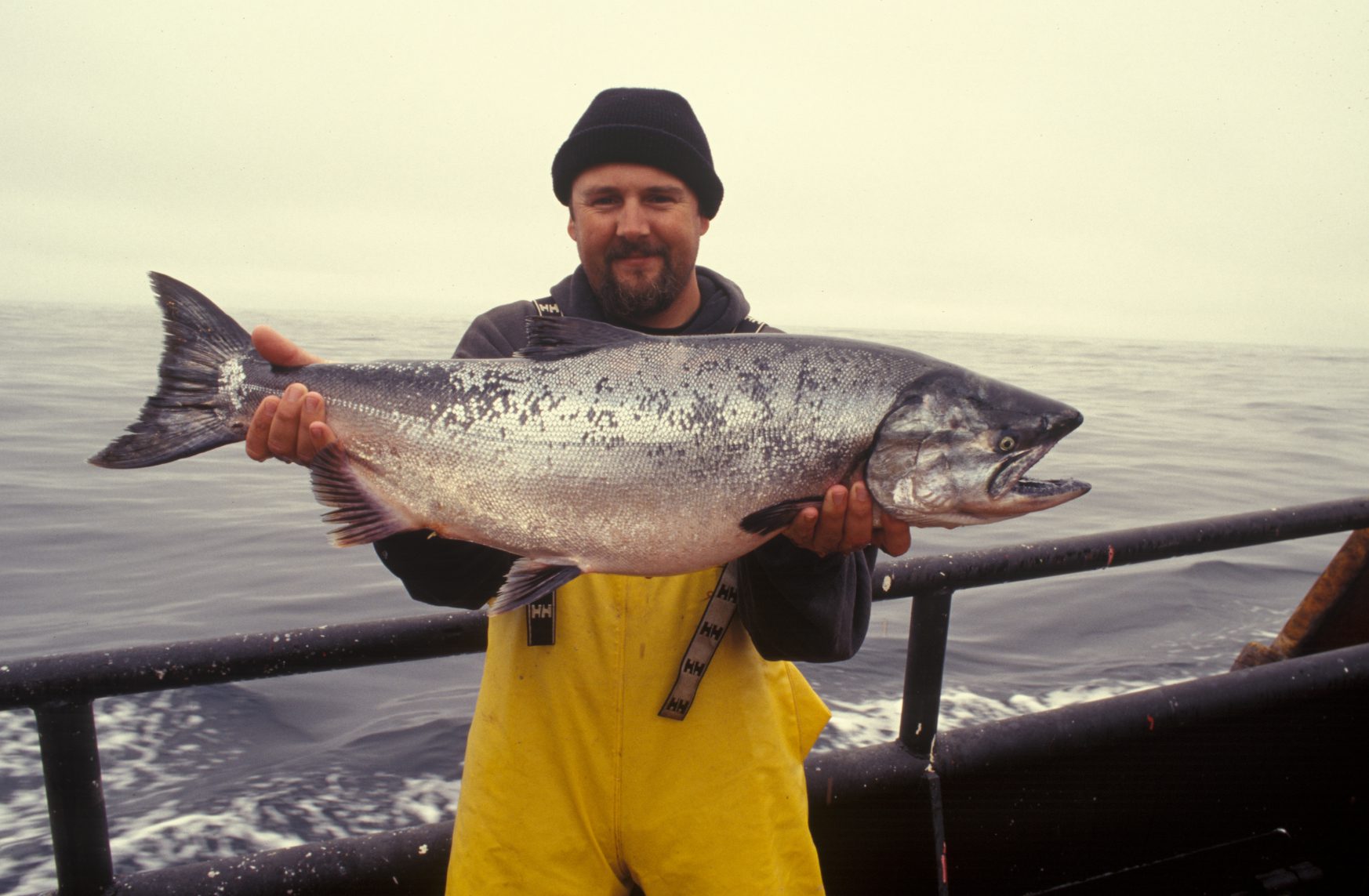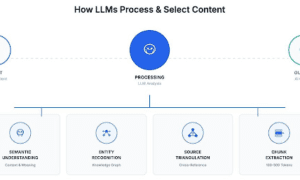The fish processing industry plays a critical role in the global food sector, transforming raw fish into food products that are ready for consumption. Fish processing equipment is essential for the preparation, preservation, and packaging of fishery products, thereby enhancing their value and extending their shelf life. This article delves into the fish processing equipment market, providing a comprehensive overview, current technological innovations, market challenges, trends, regional insights, and the competitive landscape.
Market Overview
The fish processing equipment market is experiencing significant growth, driven by an increasing demand for processed fish products. Technological advancements, rising fish consumption due to growing awareness about the health benefits of fish, and stringent regulatory standards to ensure food safety are key factors propelling market expansion. The market’s growth trajectory is projected to continue, with innovations and sustainability at the forefront.
Types of Fish Processing Equipment

Fish processing involves various equipment, each designed for specific tasks. Scaling machines remove scales efficiently, while filleting machines cut precise fillets, minimizing waste. Smoking equipment imparts flavor and preserves fish through smoking techniques. Each type of equipment plays a pivotal role in the fish processing industry, optimizing operations and ensuring high-quality products.
Technological Innovations
Technological advancements are revolutionizing the fish processing equipment market. Automation and robotics are increasingly adopted to enhance efficiency, accuracy, and safety, reducing the reliance on manual labor. Innovations such as precision cutting technologies and advanced freezing methods improve product quality and shelf life, meeting consumer expectations for premium fish products.
The Secondary Market for Fish Processing Equipment
In addition to new machinery, fish processing plants and food production facilities frequently utilize pre-owned fish processing equipment. This aspect of the industry highlights the importance of the secondary market, where specialized companies play a pivotal role. These organizations, such as Normar Trading AS, focus on restoring used fish processing equipment to optimal condition and reintroducing it into the market.
The appeal of purchasing from the secondary market lies not only in cost savings but also in the comprehensive services offered. Buyers benefit from warranties and access to service maintenance, ensuring that the equipment remains reliable and functional over time. Furthermore, these companies provide invaluable services in selecting the appropriate equipment for specific processing needs and installing it correctly.
This approach enables smaller operators to access high-quality processing capabilities without the significant investment required for new equipment, while also contributing to sustainability by extending the life cycle of existing machinery. The secondary market thus represents a vital component of the fish processing industry, supporting operational efficiency, sustainability, and economic accessibility.
Challenges in the Fish Processing Equipment Market
The market faces several challenges, including environmental concerns related to waste management and energy consumption. Regulatory compliance demands adherence to strict hygiene and safety standards. Additionally, the industry requires skilled labor to operate advanced machinery, posing a challenge in regions facing labor shortages. Companies are addressing these challenges through innovation, training programs, and sustainable practices.
Market Trends

Sustainability and eco-friendliness are leading trends in the fish processing equipment market. Manufacturers are developing energy-efficient machines and systems that reduce water usage and waste. Traceability and blockchain technology are gaining traction, offering transparency in the supply chain and ensuring the authenticity and safety of processed fish products.
Regional Insights
The adoption of fish processing equipment varies by region, influenced by dietary habits, economic conditions, and access to resources. The Asia-Pacific region, with its large fishery sector, is a major market for processing equipment. North America and Europe are also significant markets, focusing on automation and sustainability to meet consumer demands for high-quality fish products.
Key Players and Competitive Landscape
The fish processing equipment market features a competitive landscape with key players such as Marel, BAADER, and JBT FoodTech leading the way. These companies invest in research and development to introduce innovative solutions. Strategic mergers, acquisitions, and partnerships are common, aiming to expand market presence and enhance product offerings.
Future Outlook
The future of the fish processing equipment market looks promising, with continued growth expected. Technological advancements will play a crucial role in shaping the market, focusing on automation, sustainability, and improved processing techniques. The industry’s ability to adapt to global economic and environmental changes will determine its long-term success.
By providing expert insights into the fish processing equipment market, this article highlights the importance of technology, sustainability, and innovation in meeting the growing demand for processed fish products. The market’s evolution continues to offer opportunities for companies to innovate and for consumers to enjoy high-quality, safe, and sustainable fish products.



































